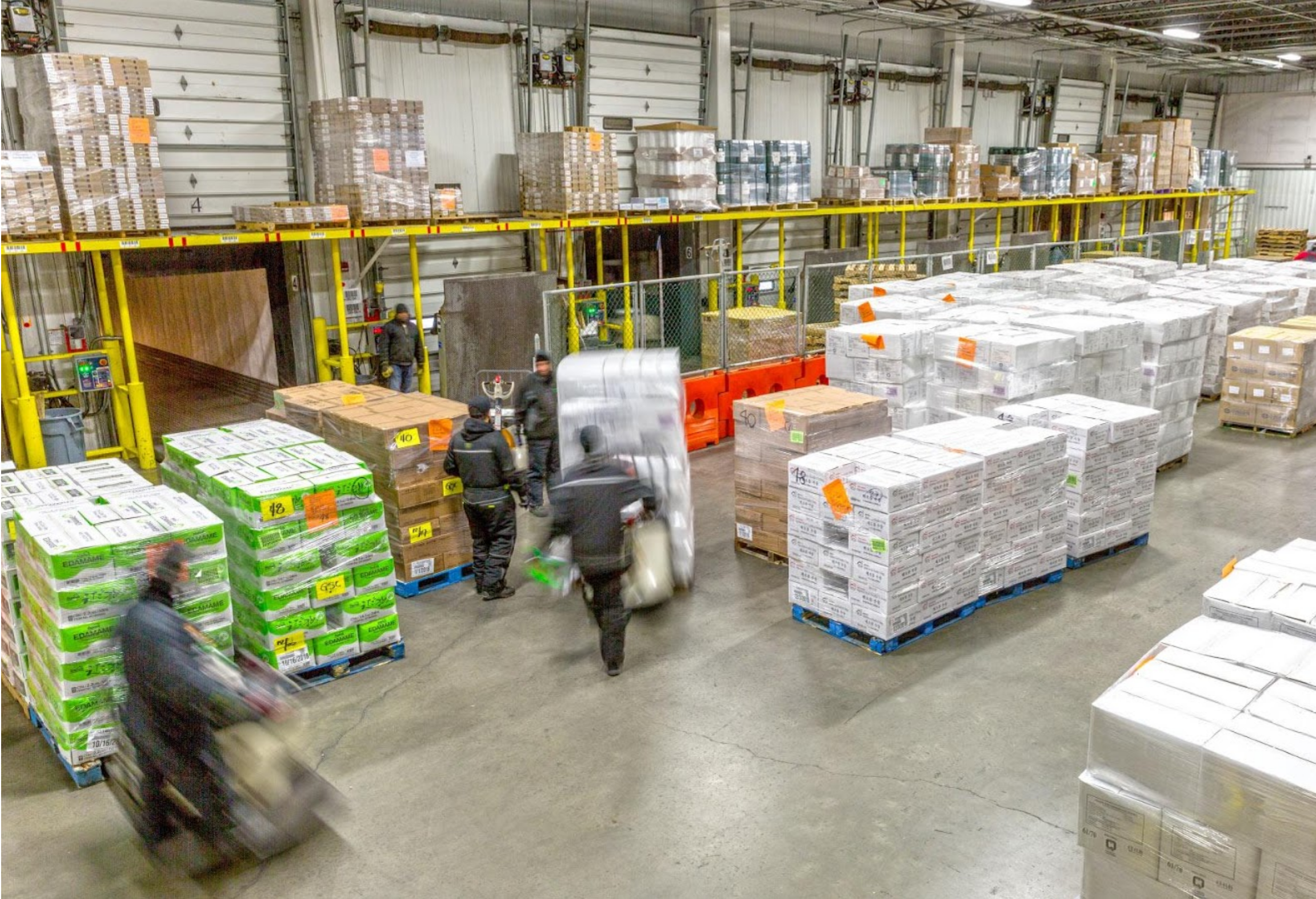In the Newark area, the local government is seeking to connect developers with brownfield sites on which new warehousing and distribution centers can be constructed. The primary motivation behind the initiative is economic development, as large-scale warehousing construction projects and their resultant facilities have the potential to produce thousands of jobs. However, climbing automation rates as well as consistent exposure to harmful air pollutants and hazardous workplace conditions call into question the longevity and quality of these positions. In addition, the proximity of current and proposed warehousing facilities to residential neighborhoods is cause for alarm in light of the health impacts of emissions from diesel-powered truck traffic.
The capstone project by Mariel Sullivan, a graduate student at the Environmental Policy and Sustainability Management program at Milano, probes questions like, What is the extent of the proposed and active warehousing facilities in the port district of the Newark area? What are the potential public health impacts associated with warehousing in the area? And, what are the best practices for mitigating negative impacts of warehousing facilities on workers and local residents? The primary data collection methods employed include literature and document review, mapping, and spatial data analysis. It was found that the extent of warehousing in the Newark area is already significant—with 67 existing facilities located within the city limits. Roughly 94% of these facilities are located in Newark’s East and South Wards. The impacts of these warehouses are compounded by the presence of Newark Liberty International Airport, as well as an additional 105 industrial facilities, a designation which includes manufacturers, fabricators, chemical plants, recycling centers, waste management services, and trucking companies. In addition, Essex County and neighboring Hudson County just across the Passaic River contain 178 brownfield sites that are being targeted for warehouse redevelopment.
Human health indicators like average life expectancy, hospitalization statistics for respiratory and cardiovascular illnesses, and air toxics respiratory hazard indices illustrate the severe consequences that result from consistent exposure to high concentrations of ambient air pollutants throughout the life course. The economic conditions in Newark—portrayed in this report through unemployment rates, childhood poverty levels, educational attainment, and median household income—remain substandard compared to both state and national economic indicators. Furthermore, warehouse jobs are characterized by notoriously poor working conditions due to low wages, absent benefits, workplace hazards, and complex management hierarchies created by multiple layers of outsourcing throughout the supply chain. The environmental impacts of warehousing in Newark are primarily discussed within the context of their human health implications, but waterway pollution, loss of biodiversity, and increasing atmospheric greenhouse gas concentrations are concerning in their own right. The wellbeing of the environment and the wellbeing of its inhabitants—both human and non-human—are inextricably linked, and signs of illness in one domain indicate similarly poor health in the other. Public sector entities involved in decision-making regarding future development as well as the mitigation of impacts associated with existing infrastructure should consider implementing a number of best practices outlined in the conclusion of this report. These best practices include green construction and retrofitting incentives, anti-idling policies, fuel efficiency incentives, truck route restrictions, buffer zone and vegetated perimeter requirements, and direct-hiring incentives.


